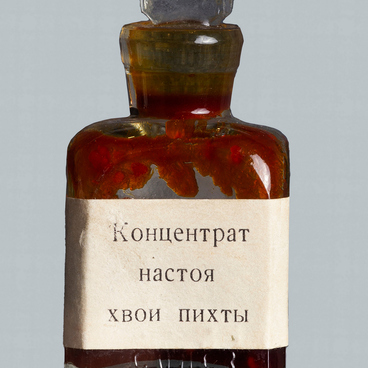The first major concentration camp liberated by Allied forces was Majdanek. It was achieved by Soviet troops under Marshal Rokossovsky’s command on the night of July 22–23, 1944. Later, on January 27, 1945, several Soviet divisions entered Auschwitz.
As soon as the camps were liberated, Extraordinary State Commissions were established to conduct interviews and medical examinations of prisoners, examine German documents, the remains of crematoria and cells, and the belongings of prisoners that were found in warehouses.
The acts and reports of the Extraordinary State Commission constituted some of the most important evidence during the Nuremberg trials where the former Nazi leaders were prosecuted for their crimes.
The Nuremberg trials were conducted by the International Military Tribunal between November 20, 1945, and October 1, 1946. They took place in courtroom number 600 at the Palace of Justice in Nuremberg. It was the first and largest series of trials against war criminals. The procedures were organized by the four victorious powers — the Soviet Union, the United Kingdom, France, and the United States.
The other Allies were prepared to try the Nazi leaders in quick secret proceedings, but the Soviet Union insisted upon a fair public trial, which was one of the important points of negotiations between the Allies during the war.
The tribunal prosecuted the main war criminals, including Hermann Göring, Rudolf Hess, Joachim von Ribbentrop, Wilhelm Keitel, and twenty other Nazi leaders. They were allowed to hire lawyers, but the lawyers were of little help to their clients, since none of them tried to deny the war crimes that had been committed.
Roman Rudenko was the chief prosecutor for the USSR. He is depicted in this photo that was printed in Leningrad in 1946. There was no doubt that the defendants would be found guilty. The only question was what the exact charges and sentences would be. For this reason, the procedures were referred to as the trials against the main war criminals.
The defendants were charged with crimes against peace, war crimes, and crimes against humanity. Twelve of the defendants were sentenced to death, three were sentenced to life imprisonment, and the others received sentences ranging from 10 to 20 years in prison.


